“Young minds provided with updated editions, especially of mathematical texts began to surpass not only their own elders but the wisdom of ancients as well.”
- Einstein, Elizabeth. The printing press as an agent of change. Cambridge, Cambridge University Press, 1980, pp.689.
FOR A HEALTHIER MIND AND BODY
The fast spread of books allowed annual book fairs in towns. Ancient people had lives that were not filled with entertainment. But, the widespread use of books allowed more cultural movement among people. This phenomenon eventually led to the Renaissance and other revolutions like the industrial revolution. People were able to cope with each other in a harmonic yet diverse way.
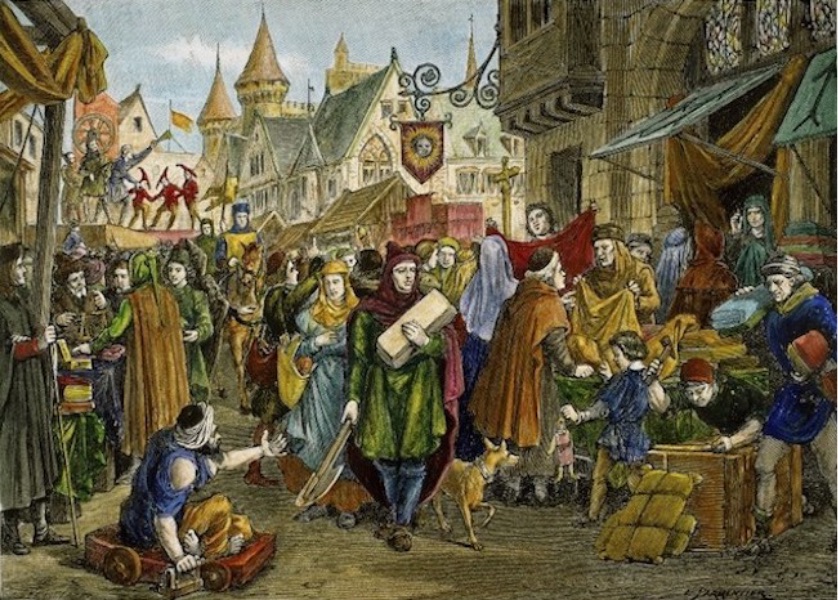
An illustration of a town festival in the Middle Ages, 2017, Medieval Weapons Info.

Edges of books colored by the artist Cesare Vellecioin 1580s, 2019, Cummings.
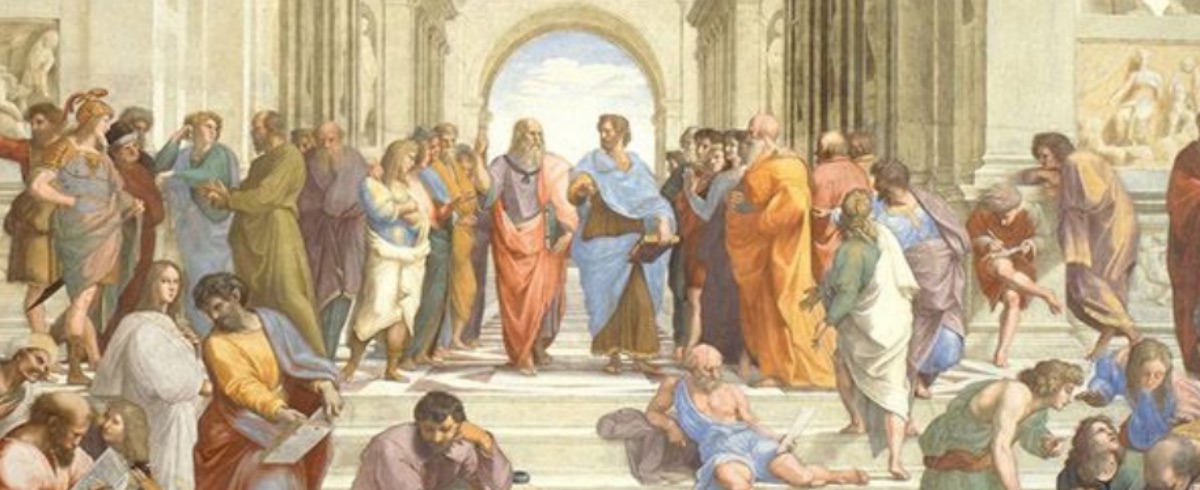
The School of Athens, one of the most famous works of Renaissance, by Raphael; 1511; The Art Story.
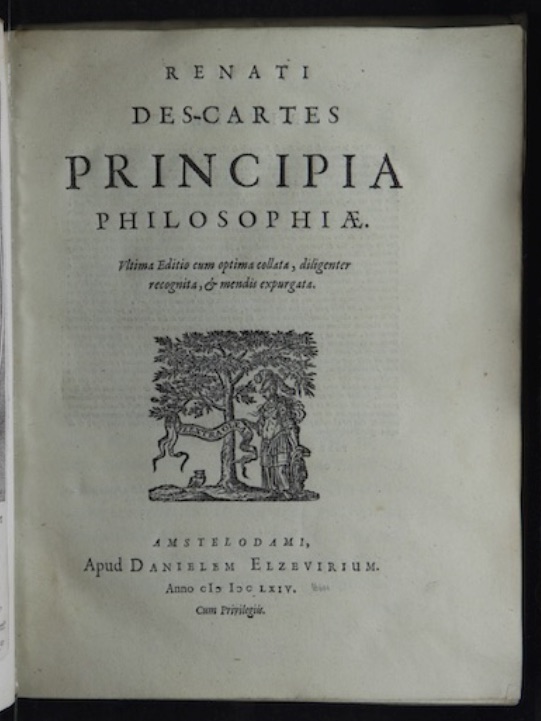
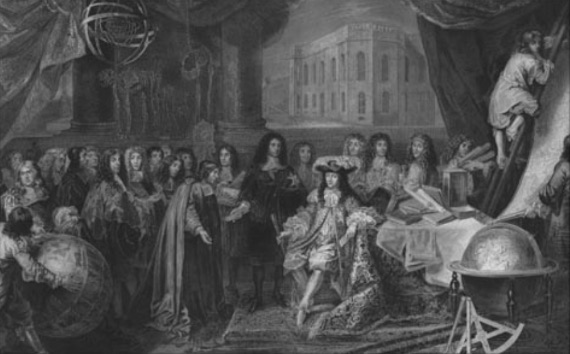
René Decartes’s Principia, one of the most crucial works that established the foundation of today’s philosophical sciences, n.d., Drucker.
A painting representing Scientific Revolution, n.d., Hatch.
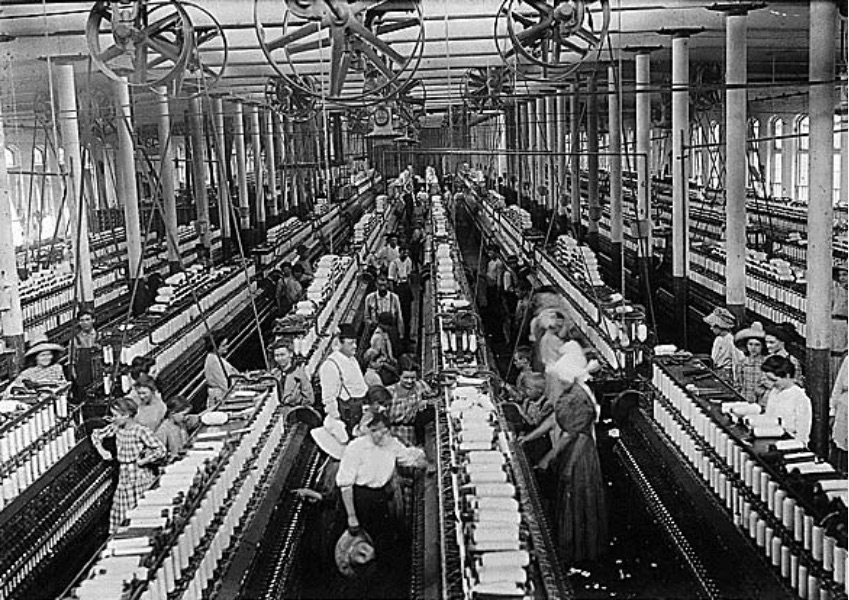
A photograph of a factory during the Industrial Revolution, 2019, Siers-Poisson.

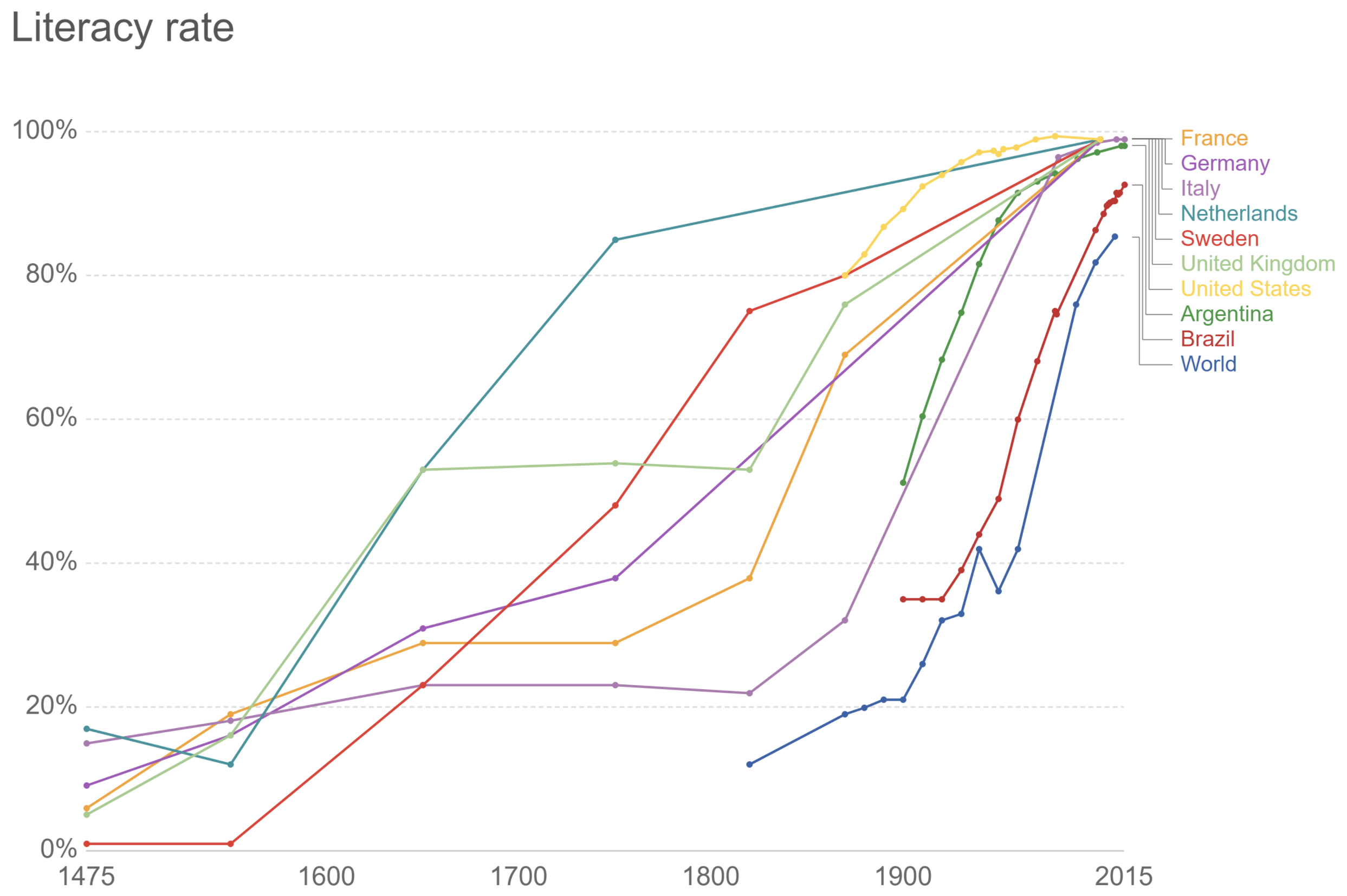
Book production in Western Europe (per million inhabitants) between 500 and 1750; 2009; Buringh and van Zanden.
Estimate correspond to the share of the population older than 14 years that is able to read and write; n.d.; OurWorldInData.